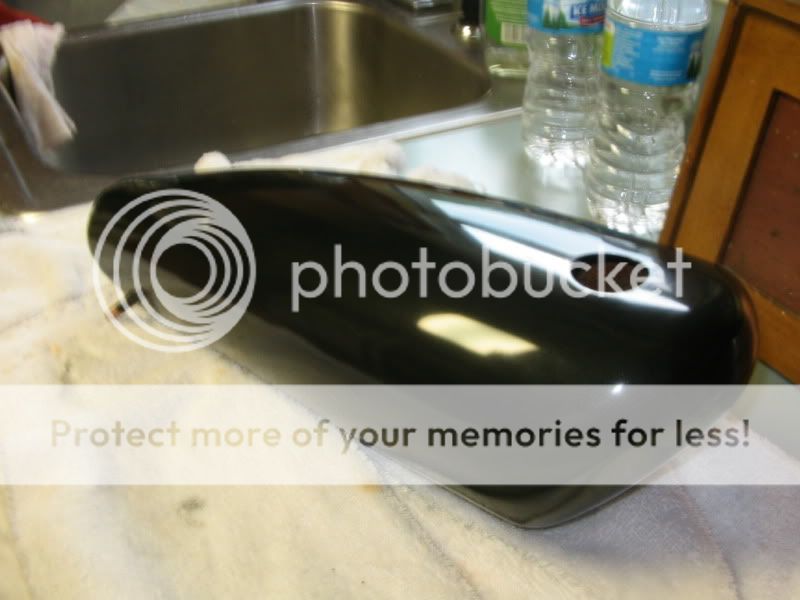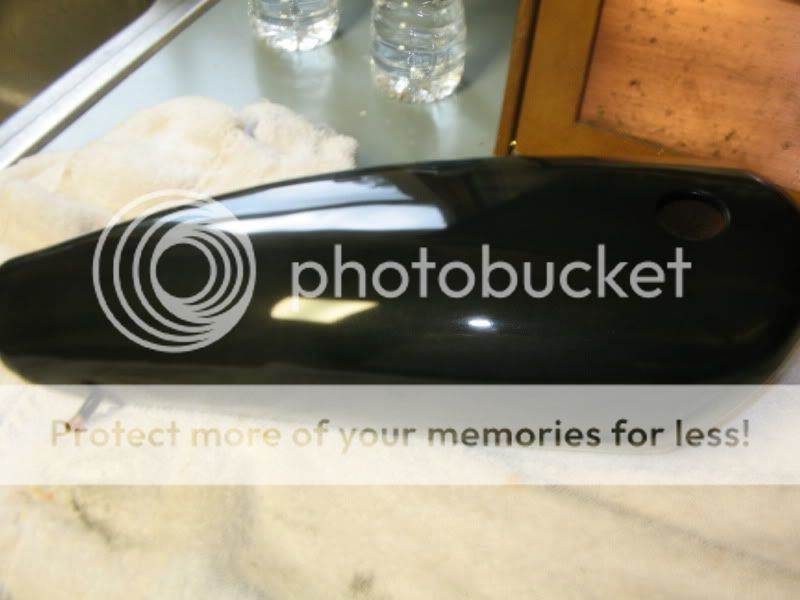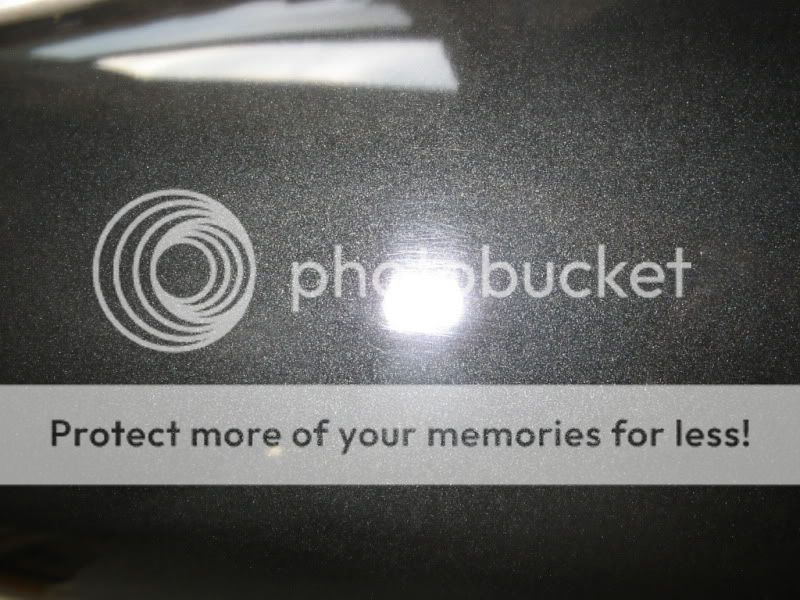yes, 320 will work on the bare metal.
here's a tank i just painted.
sanded it down to bare metal with 80 grit paper.
went over the bare metal with 220, followed by 400 grit and then cleaned the bare metal with a tack rag, and then alcohol. did some bondo work to fill a weld that i ground down on the front of the tank. cleaned it again witrh alcohol.
Primed it and let the primer dry for a day.
wetsanded the primer with 400, and then 600 grit to get rid of any dust, cleaned it with alcohol.
sprayed the first coat of paint on thin, concentrating on covering the edges first. let it dry for a day, and then cleaned it with alcohol.
sprayed the second coat of paint on to cover the primer...let it dry for a day.
wetsanded with 600, and cleaned it with alcohol. then sprayed a 3rd coat of paint on to cover the entire tank.
let it dry for a day and wetsanded again with 600 grit cleaned it with alcohol and then sprayed a 4th coat on "wet" so it would dry glossy.
let it dry for a day.
wetsanded again with 600 to get rid of any dust. using a sanding block to sand down any "hills", "craters", or orange peel. if you wet sand, you will see high and low spots as soon as you start to sand, you want the entire area smooth and dull..no shiney spots at all. high spots will be dull, low spots will be shiney.
cleaned it with alcohol and sprayed the first coat of clear on it and let it dry for a day.
wetsanded with 600 grit to do the same as with the paint...to remove any dust, hills, crators or orange peel. again, you want the entire surface smooth and dull.
cleaned it with alcohol.
sprayed the 2nd coat of clear on it, and let it dry for a day.
wetsanded again with 600 grit and cleaned it with alcohol.
sprayed the 3rd coat of clear on "wet" and let it dry for a week so the clear would harden enough to be buffed out.
wetsanded with 600 grit, and then buffed it out using rubbing compound, followed by a high quality wax.
The paint i used was metalic black laquer so it has a relatively fast dry time and you can fix mistakes in laquer a lot easier than you can with enamel paint.
the reason for so much wetsanding is to get the entire painted surface uniform and smooth. in the end, this is what gives paint depth....which is what most people are looking for in a custom paint job.
sure, it took me about 2 weeks to do the paint, but in the end, this is how I paint, and I will not settle for just a rattle can spray job on anything.
if i paint something, it's going to look good, be very glossy and have depth....that's just me.
I used a touch up spray gun to do the paint. it's bigger than an airbrush, and smaller than a regular size paint gun.
I realize that not everyone has the tools or the means to do a paint job in this fashion, but you can get the same results with spray cans IF you take your time and do it right.




